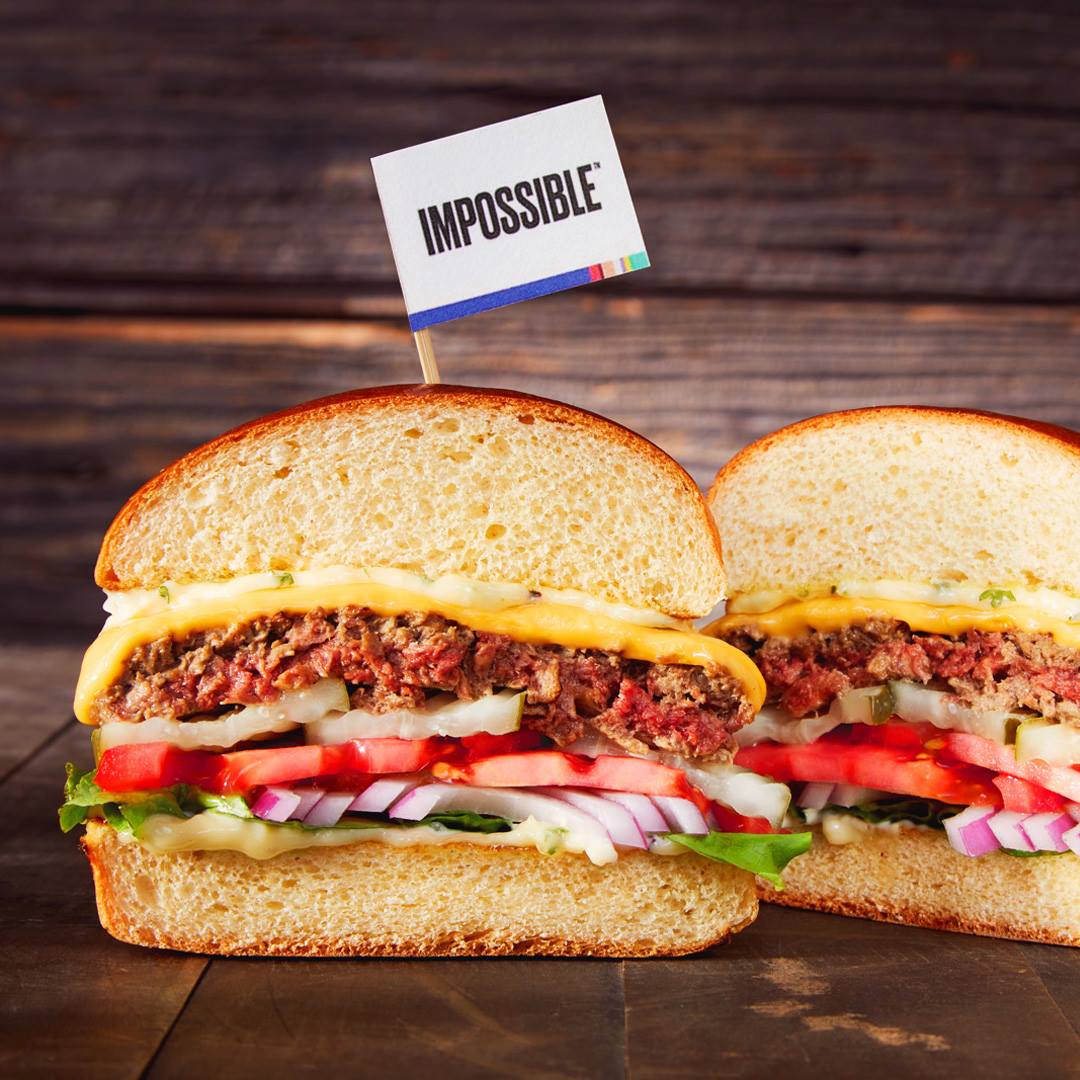Ten years ago, meat alternative products were part of a very small, stagnant niche foods market. The only meat alternative products with any kind of market share were soy based burgers by specialty labels like Morningstar and Boca. They didn’t taste very much like meat, and they were marketed primarily to people who had already made the choice to go vegetarian, rather than as a viable option for shoppers without dietary restrictions. Today, the lab grown and plant based meat markets represent a multi-billion dollar industry that continues to grow exponentially. Vegans and vegetarians still make up a large portion of the market for these meat substitutes, but a growing portion of mainstream shoppers are supplementing their meat intake with healthy and eco-friendly plant based alternatives.
So how did companies like Impossible Foods and Memphis Meats transform a neglected corner of the agricultural market into a thriving industry with appeal to a broad swathe of consumers? A lot of credit must go to improvements in the product. Alternative meats like the Impossible burger are a far cry from their less sophisticated predecessors. These products are now designed to recreate not only the taste of a real hamburger, but the texture of real beef as well, which was long a major flaw that kept meat alternative products off of mainstream shelves. Early soy-based offerings could only compete by appealing to consumers who didn’t eat real meat as a comparison point. An impossible burger still can’t quite compete with a quarter pound of high quality ground sirloin, but today’s offerings are nearly indistinguishable from the prepackaged ground chuck sitting next to it at the grocery store, and the gap continues to close every day. That realism matters, as it means that alternative meats can appeal to mainstream meat eaters who are willing to try an alternative that offers other benefits, as long as it can look, smell and taste like real beef.
Even with a better product, meat alternative companies were still facing an uphill battle to capture more market share. It doesn’t matter how much your product improves if people aren’t willing to taste it. So much of the success of these companies comes from the unique and creative marketing strategies they employed in publicizing and advertising their products. Articles about the Impossible burger were rolled out in huge publications like Food and Wine Magazine and Bon Apetit. They also expanded outside of niche food publications to reach readers who weren’t foodies but instead interested in new tech and bio-hacking breakthroughs, and key features appeared in Wired and the MIT Technology Review. The focus was not only on the burger itself, but also on the scientific process that allowed it to taste like real meat. By putting the emphasis on why the burger works, Impossible foods chose to show not tell. It’s the oldest trick in the PR playbook, and in this case it helped fuel a fledgling company who paved the way for an entirely new industry.





